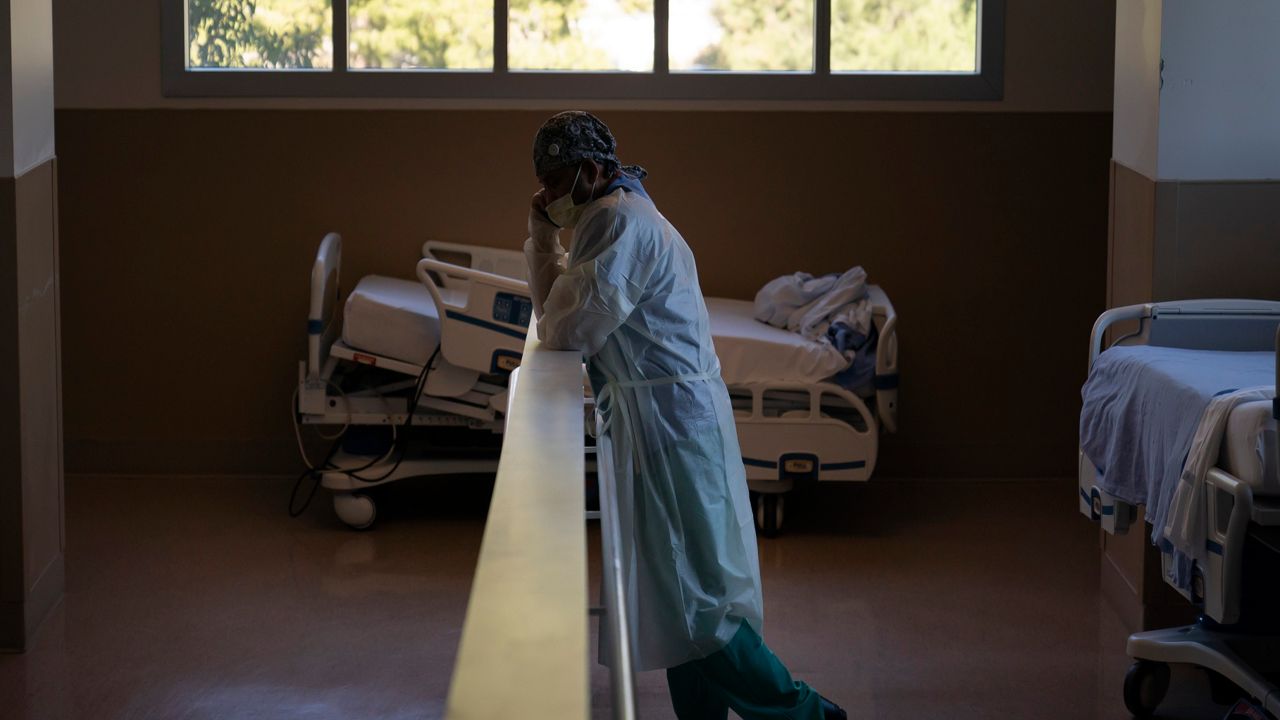OHIO — Gov. Mike DeWine’s announcement 12 months ago that the Arnold Sports Festival would not go on as planned sounded the alarm of the tsunami that would turn many lives upside down.
The novel coronavirus became real for Ohio that day, and its stranglehold on our economy, the political, educational and financial systems, as well as our homes has been unrelenting.
Watch part 1 below:
In just 365 days, life has transformed — the way we work, the way we learn, the way we greet each other, and the way we say goodbye to loved ones.
Who would’ve guessed so much work could be done over Zoom, Webex, Skype or FaceTime?
Who thought their second grader would spend more time in a Google classroom than an actual classroom?
Who could conceive of the day when distilleries would turn from making whiskey to making hand sanitizer?
Who foresaw toilet paper becoming the most sought-after commodity on grocery store shelves?
On the road to a vaccine, true heroes emerged. Doctors and nurses stood in the breech as the last line of defense between life and death. Teachers won newfound respect from parents. Frontline workers sacrificed their own safety to make sure life could go on for others.
Our grandparents said tough times don’t last — tough people do. And now we say it, too.
“Never waste a good crisis,” Winston Churchill once said.
Watch part 2 below:
We haven’t wasted this one. We have become so much smarter, more efficient and resilient over the last 525,600 minutes.
But that is not the full measure of the year.
While in the midst of the pandemic, the public has reckoned with deep fissures that exist in society. Armed protestors took to the steps of the Ohio Statehouse, protesting masks, curfews, and health orders. Government officials who usually would be anonymous office workers suddenly needed police protection.
Many people have disagreed in a most disagreeable manner over the past year, and it will take more than words to heal the state's politics.
The pandemic also exposed a million subtle inequalities in society that the vulnerable face each day, such as health care disparities brought on by lack of access to affordable care. It's been shown that there's economic disparity rooted in who can work at home and who cannot.
Most importantly, health officials and the public continue to debate another inequity during the pandemic: Who can get the vaccine?
Watch part 3 below:
As we look back on The Year of COVID, we mourn more than the lost lives. We mourn the missed hugs and missed opportunities lost to the virus.
But just as each new day starts with darkness before the morning light, we can look forward to a brighter future when this pandemic is behind us. Then, we will emerge smarter and more resilient.
We will not have let this crisis go to waste.



